
The family Talpidae includes the moles who are small insectivorous mammals of the order Eulipotyphla. Talpids are all digging animals to various degrees: moles are completely subterranean animals; shrew moles and shrew-like moles somewhat less so; and desmans, while basically aquatic, excavate dry sleeping chambers; whilst the quite unique star-nosed mole is equally adept in the water and underground. Talpids are found across the Northern Hemisphere of Eurasia and North America, and range as far south as the montane regions of tropical Southeast Asia.

The subfamily Talpinae, sometimes called "Old World moles" or "Old World moles and relatives", is one of three subfamilies of the mole family Talpidae, the others being the Scalopinae, or New World moles, and the Uropsilinae, or shrew-like moles.

Cecil Boden Kloss was an English zoologist. He was an expert on the mammals and birds of Southeast Asia. The Rubiaceae genus Klossia was named after him.

The greater Chinese mole is a species of mammal in the family Talpidae. It is found in China and potentially Myanmar.

Euroscaptor is a genus of mammal in the family Talpidae. Members are found in China and South & Southeast Asia. It contains the following species as of October 2021:

The long-nosed mole is a species of mammal in the family Talpidae. It is endemic to China, where it has a widespread distribution.

The Himalayan mole or short-tailed mole is a species of mammal in the family Talpidae.
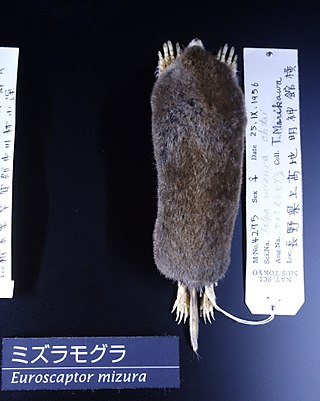
The Japanese mountain mole is a species of Old World mole in the family Talpidae. It is endemic to Japan. It is the only member of the monotypic genus Oreoscaptor. Its natural habitats are temperate forests and temperate grassland.
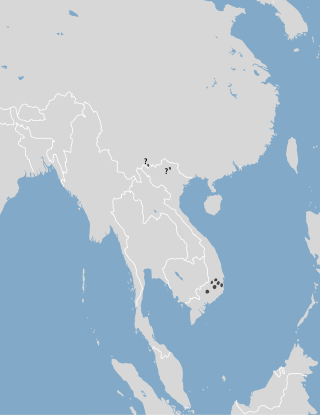
The small-toothed mole is a species of mammal in the family Talpidae. It is found in Di Linh, in southern Vietnam, and Rakho near the border of Vietnam and China, and in southern Yunnan, China, near the Vietnamese border. It is likely that it has a broader distribution, especially in places between the currently known locations.
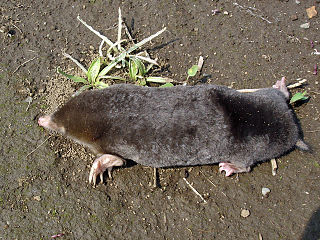
Mogera is a genus of mole in the tribe Talpini. They are native to East Asia.

True's shrew mole is a species of mammal in the family Talpidae. It is endemic to Japan and is a common species above 1000 meters in grassland, shrubland and forest. Sometimes this species is called the lesser Japanese shrew mole and another species, Urotrichus talpoides, is called the "greater Japanese shrew mole".
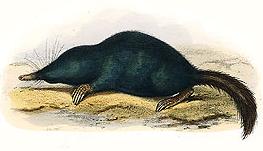
The Japanese shrew mole or himizu (ヒミズ) is a species of mammal in the family Talpidae. It is endemic to Japan and is found on Honshu, Shikoku, Kyushu, Awaji Island, Shodo Island, Oki Islands, Tsushima Island, Goto Islands, Mishima Island, and Awashima Island, but is absent from Hokkaido, which is north of Blakiston's Line. It is one of three Urotrichini and it is the only extant species in the genus Urotrichus. It is common between sea level and approximately 2,000 m. Sometimes this species is called the greater Japanese shrew mole and another species, True's shrew mole, is called the "lesser Japanese shrew mole".

Talpini is a tribe of mammals known as Old World moles. It is a division of the subfamily Talpinae.
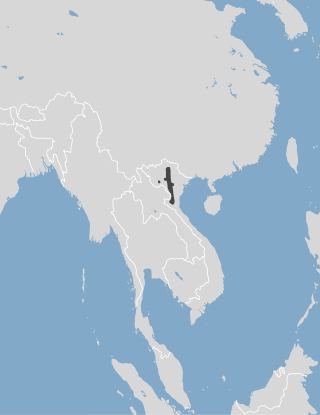
The Vietnamese mole is a species of talpine mole found in Vietnam.
Kuznetsov's mole is a species of mammal in the family Talpidae. It is found in northern Vietnam and southern China. It was named after Russian mammalogist German V. Kuznetsov of the Russian Academy of Sciences.

Orlov's mole is a species of mammal in the family Talpidae. It is known from northern Vietnam, southern China, and possibly Laos. It was named after Russian zoologist Nikolai L. Orlov of the Russian Academy of Sciences.

The Ngoc Linh mole is a species of mammal in the family Talpidae. It is endemic to central Vietnam. It was named after Ngọc Linh mountain, which it was first discovered in the vicinity of.
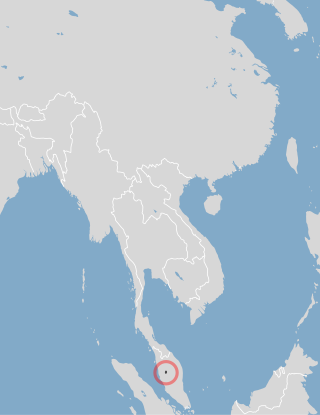
The Malaysian mole is a species of mammal in the family Talpidae. It is endemic to the highlands of peninsular Malaysia, making it the southernmost known species of mole.


















